
Introduction:
False Forms of Doubling
There are several forms of false doubling on our coins. False doubling is defined as a form of damage either to the die or the coin, neither of which occurred during the die making/minting process. In every case it is extremely common and does NOT command premium value by error-variety collectors. Below I show you several forms of false doubling. They can be deceptive to the untrained eye. So study them carefully. Generally they are flat, shelf-like, close to the field and either stop at the serifs or round them. True doubled dies will show splits or valleys at the serifs between the images.
Machine Damage Doubling
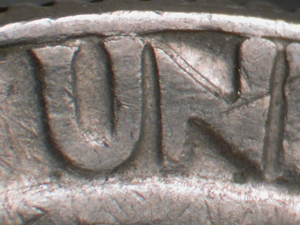 |
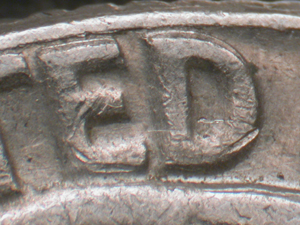 |
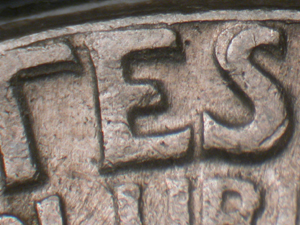 |
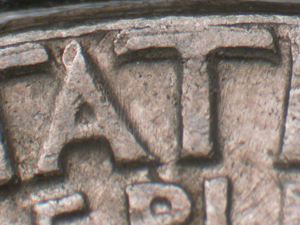 |
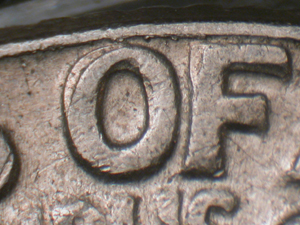 |
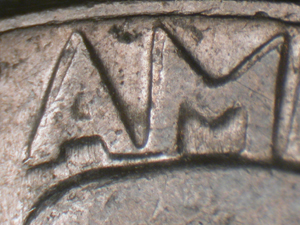 |
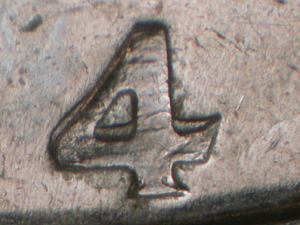 |
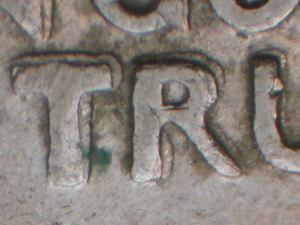 |
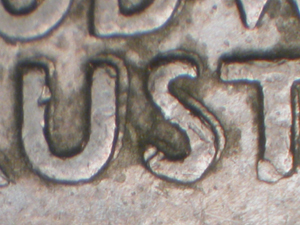 |
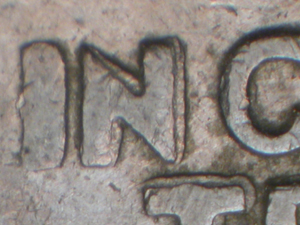 |
| Look for the flat, shelf-like doubling which does NOT split the serifs of the letters | |
Die Deterioration Doubling
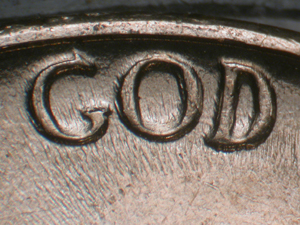 |
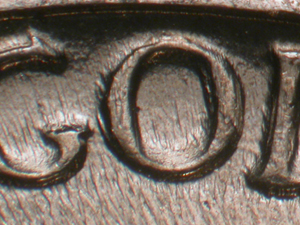 |
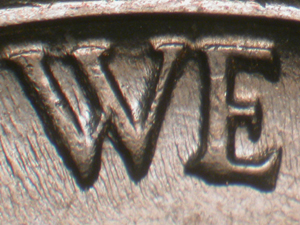 |
 |
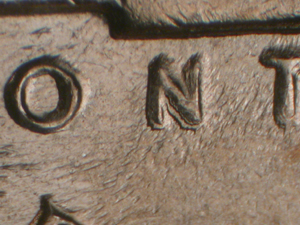 |
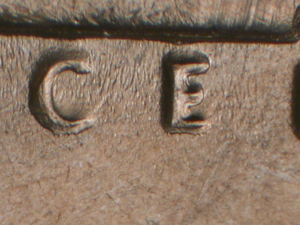 |
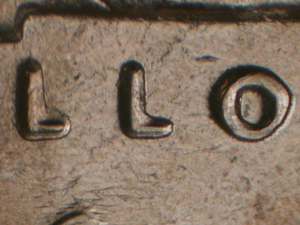 |
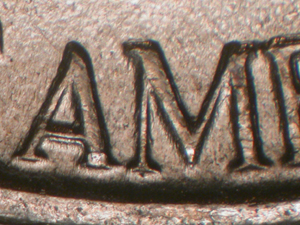 |
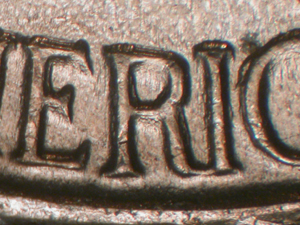 |
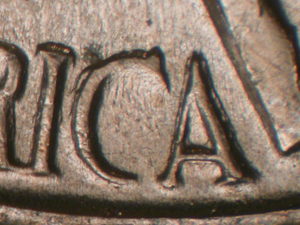 |
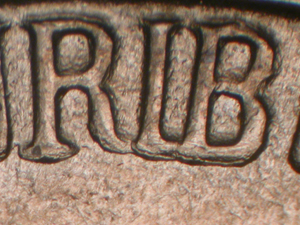 |
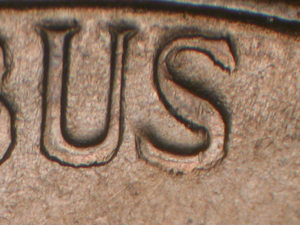 |
| Look for heavy metal flow lines caused by the over use of the dies. | |
Abrasion Doubling
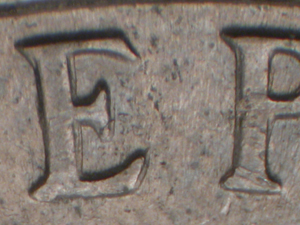 |
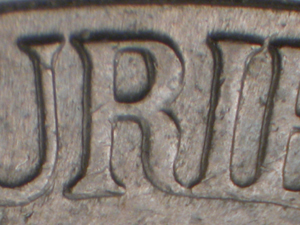 |
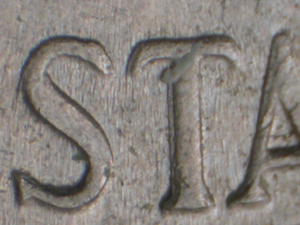 |
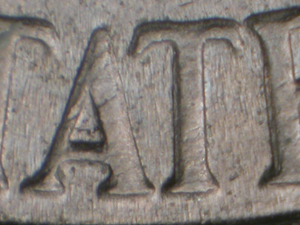 |
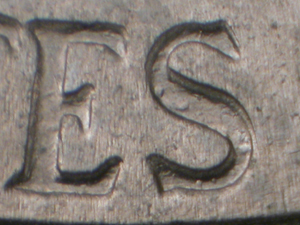 |
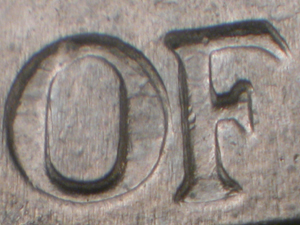 |
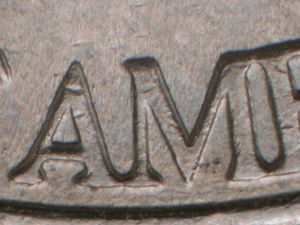 |
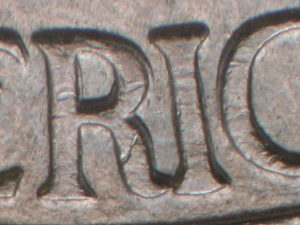 |
| Look for doubling that affects both sides of the lettering. | |
Plating Deterioration Doubling
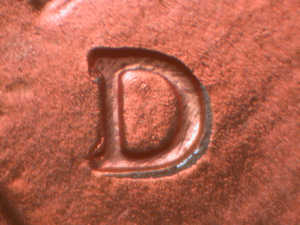 |
| Because the copper plating is very thin, when it is pulled into the deep cavity of the mintmark it is often torn apart exposing the zinc core underneath. Zinc is highly corrosive and the resultant damage can mimic doubling. |
Longacre Doubling
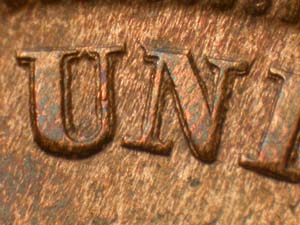 |
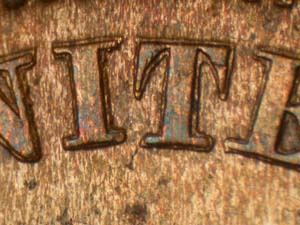 |
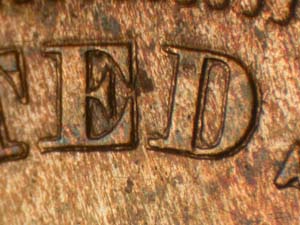 |
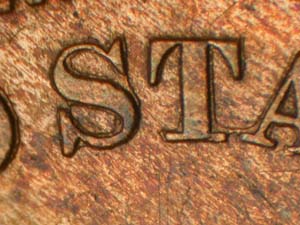 |
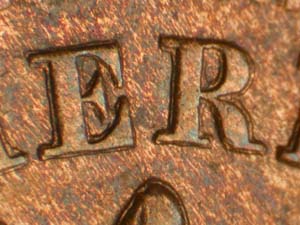 |
|
|
This type of doubling is found on all of Longacre's designs. It is thought to be from the edges of the logo punches. |
|
Circulation Damage
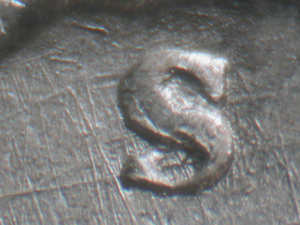 |
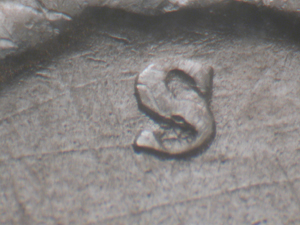 |
| Contact marks and circulation damage can often mimic RPMs. The photo on the Left looks like an RPM, but the photo on the Right taken with the lighting at a different angle clearly shows the anomaly is a contact mark. | |
| Home |
Introduction |
Design Changes |
Mintmark Styles |
Doubled Dies |
Mintmark Varieties |
RPDs and MPDs |
Die Errors |
| About CONECA |
About the Author |
Copyright James Wiles, 2011
Email: jameswiles@sbcglobal.net
1490 Trail View Lane
Frisco, TX 75034-2649